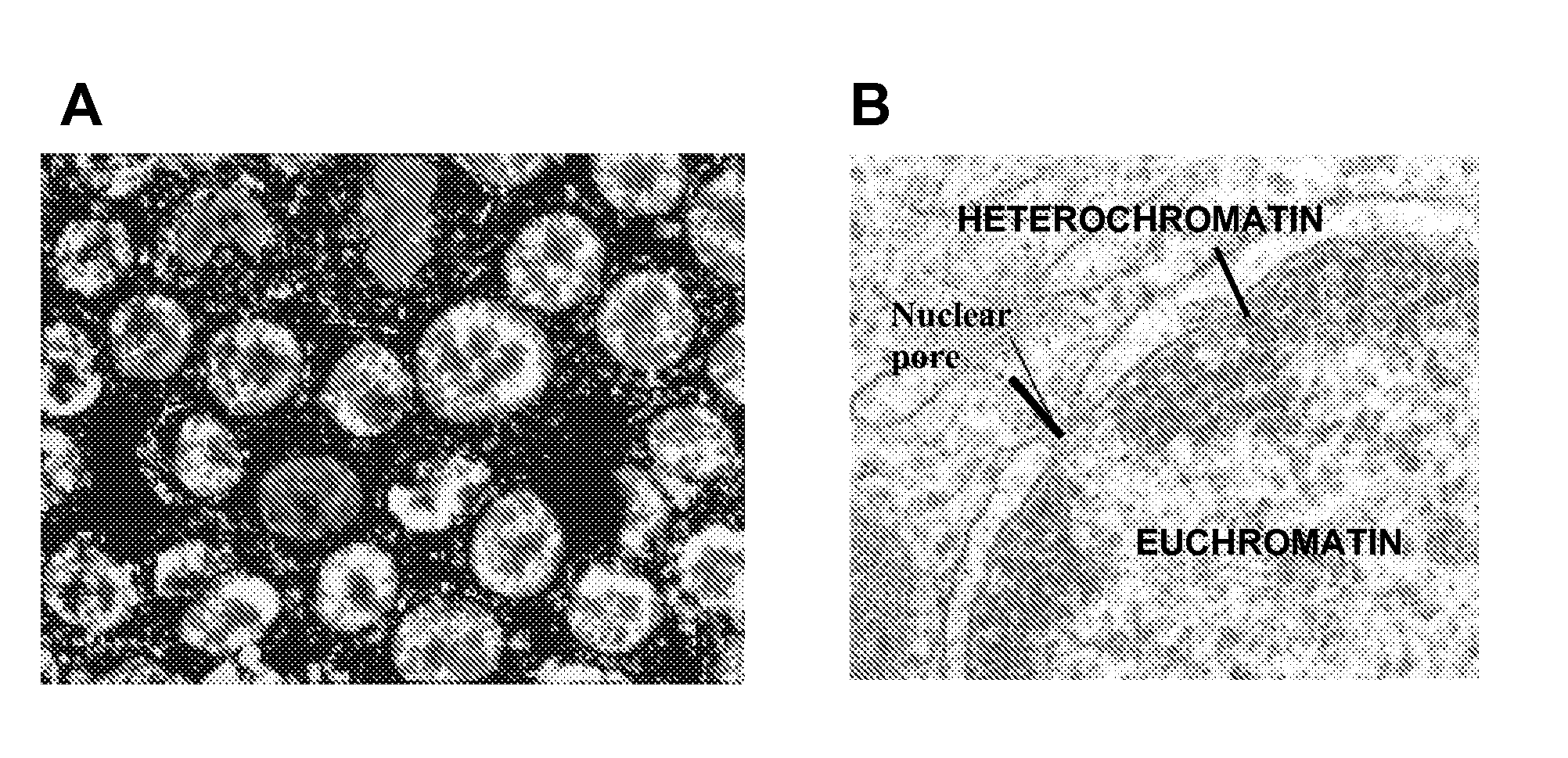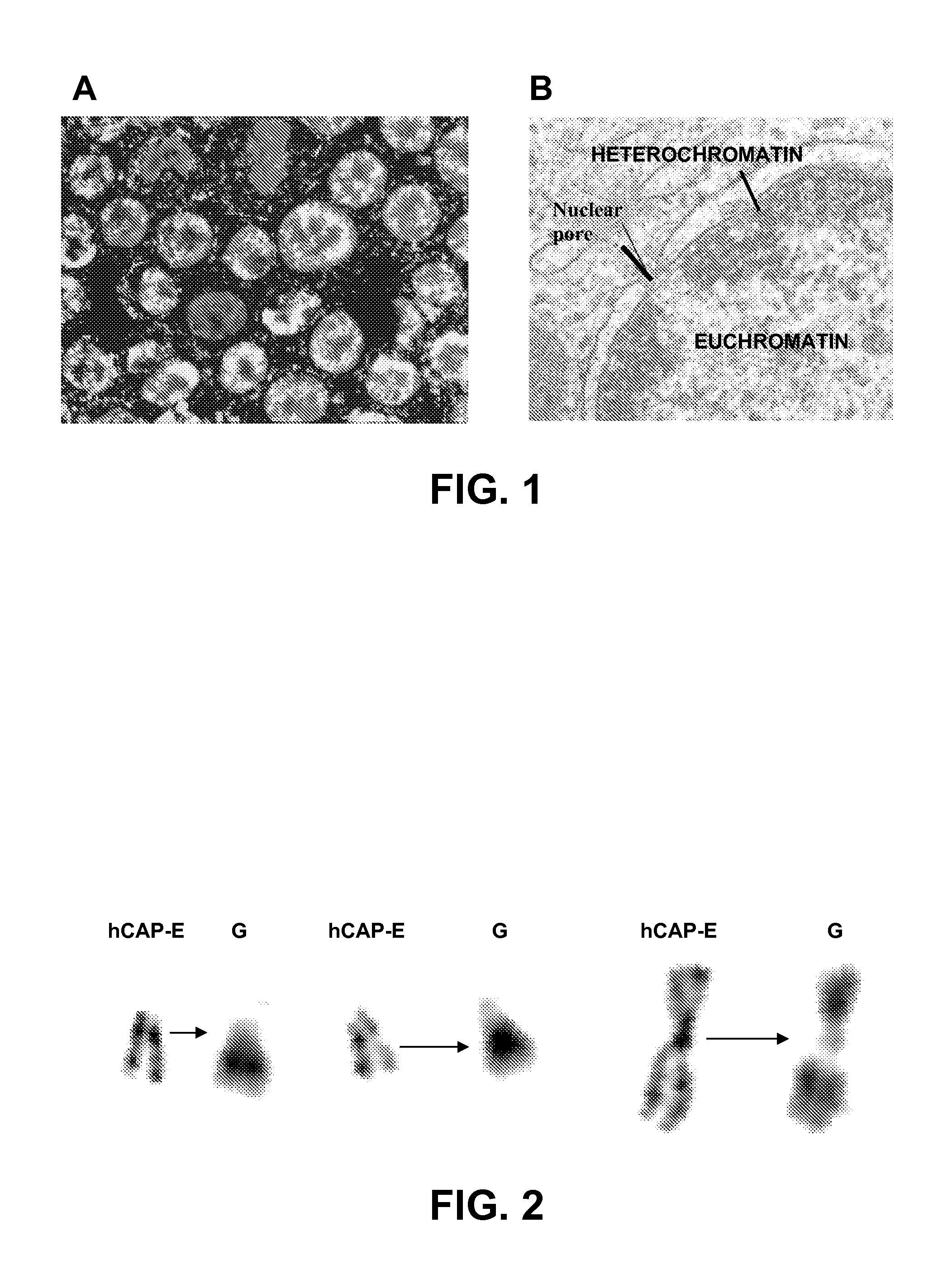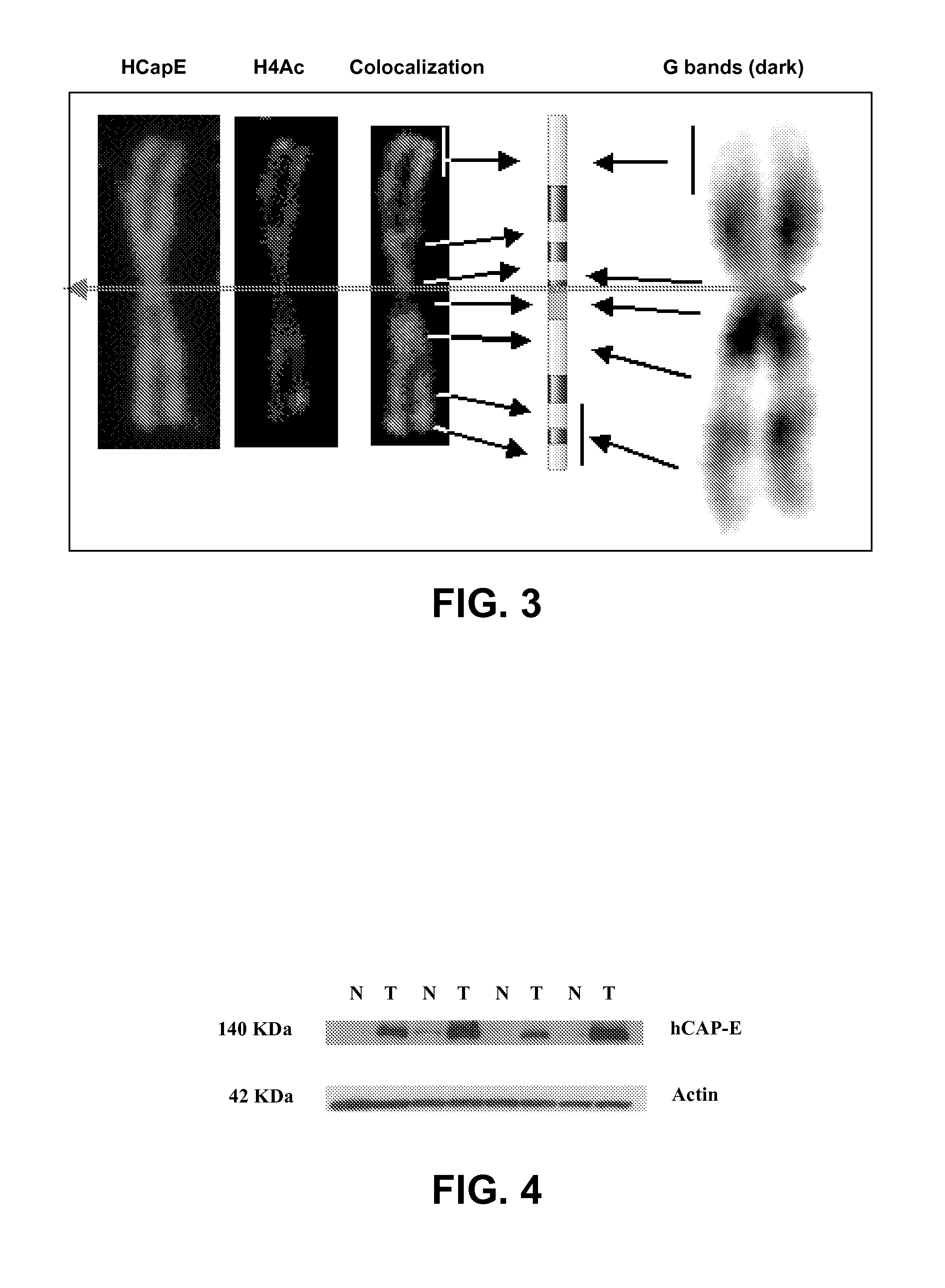Method for the analysis of differential expression in colorectal cancer
a colorectal cancer and differential expression technology, applied in the field of differential expression analysis, can solve the problems of sample tissue likely to be cancerous or premalignant, so as to reduce the expression of one, reduce the expression, and reduce the expression
- Summary
- Abstract
- Description
- Claims
- Application Information
AI Technical Summary
Benefits of technology
Problems solved by technology
Method used
Image
Examples
examples
[0065]Below is described a preferred, though not exclusive, embodiment of the invention.
Patient Samples
[0066]Biopsies of normal and cancerous tissue were obtained from 20 patients diagnosed with colorectal cancer. The surgically obtained samples were immediately frozen in liquid nitrogen and kept at −80° C. for later extraction of proteins and RNA. In addition, histological sections were prepared for immunohistochemical testing. The clinicopathological characteristics were recorded, including the stage and differentiation grade of the tumors, as well as at least a three-year follow-up to detect any early recurrence.
Analysis of the Expression Levels of hCAP-E
[0067]Western blot: The proteins were extracted from the samples of normal and cancerous colorectal tissue by standard methods, using RIPA lysis buffer. Ninety μg of protein were fractionated in 10% SDS-PAGE gel, transferred to a nitrocellulose membrane (BioRAD, USA), blocked with 5% milk in TBS-T, and hybridized with a primary a...
PUM
| Property | Measurement | Unit |
|---|---|---|
| pH | aaaaa | aaaaa |
| acid | aaaaa | aaaaa |
| cumulative lifetime risk | aaaaa | aaaaa |
Abstract
Description
Claims
Application Information
 Login to View More
Login to View More - R&D
- Intellectual Property
- Life Sciences
- Materials
- Tech Scout
- Unparalleled Data Quality
- Higher Quality Content
- 60% Fewer Hallucinations
Browse by: Latest US Patents, China's latest patents, Technical Efficacy Thesaurus, Application Domain, Technology Topic, Popular Technical Reports.
© 2025 PatSnap. All rights reserved.Legal|Privacy policy|Modern Slavery Act Transparency Statement|Sitemap|About US| Contact US: help@patsnap.com



